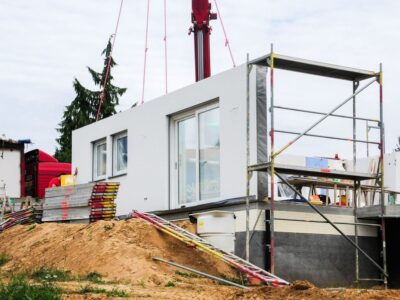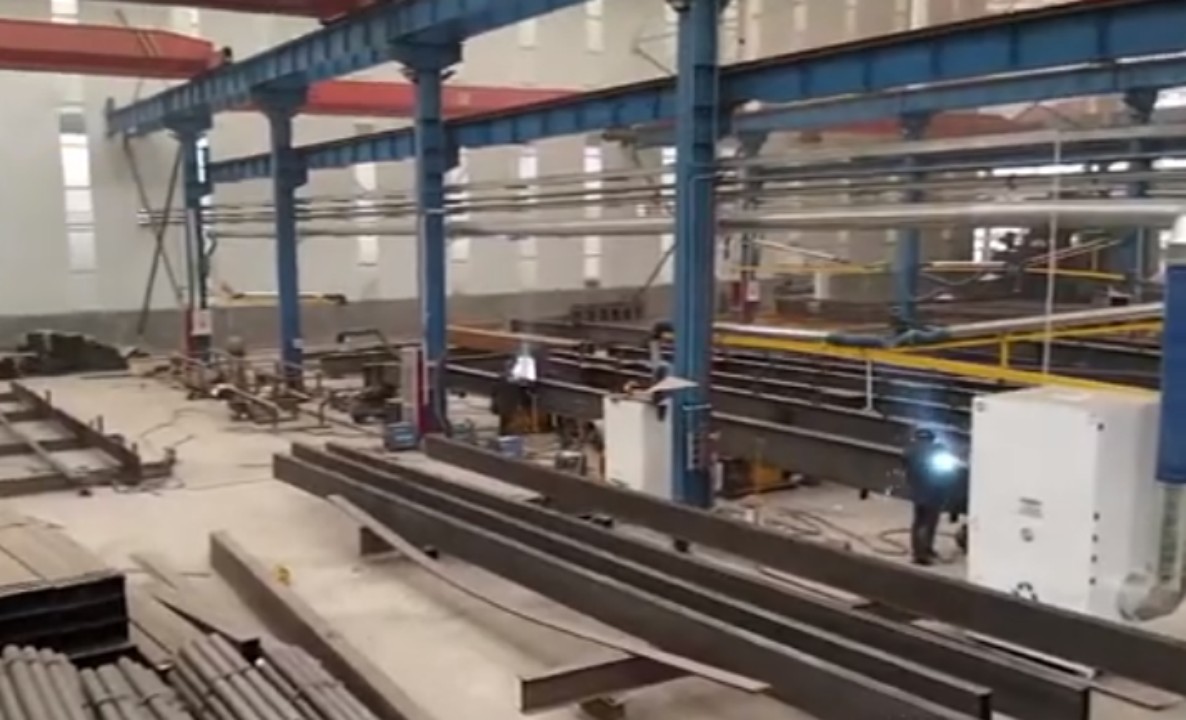If your business revolves around cutting or grinding through concrete, then aside from a heavy-duty grinding tool, there’s another piece of equipment that you need — dust extractors! Going about your business without one can get you into trouble. How is this so?
In this article, we aim to highlight the significance of deploying dust extractors on any concrete grinding projects. Only then can you appreciate the benefits and understand why this particular piece of equipment isn’t something that you should scrimp out on.
The purpose of dust extractors — what’s the big deal?
Indeed, a dust vacuum extractor is a vital piece of equipment that must be present when undertaking concrete grinding or cutting task, especially in a confined area. Any job that entails kicking off dust particles in the work area must be supported by dust extractors that help maintain a safe working environment. Without the latter, workers run the risk of developing respiratory illnesses by inhaling excessive amounts of concrete dust particles.
As you might imagine, businesses can be held liable if proven negligent towards the well-being of their employees. Tasking for concrete grinding projects without sufficient dust extractors certainly qualifies for that.
Likewise, investing in a suitable dust extractor helps reduce clean up time and prevent dust particles from seeping into tools and machinery. One good example is the diamond grinding tool, which tends to break down early if dust particles can flow into the internal motors during operation. The same is true for Storm battery powered floor scrapers, which aren’t designed for heavy-duty applications. These tools represent a sizeable investment for any company engaged in the concrete grinding business. Hence, it makes sense to take steps to protect them from early breakage. That’s yet another significant benefit of getting dust extractors in the workplace.
What does a typical dust extractor look like?
A dust extractor system is consisted of various parts and is directly connected to a machinery or power tool. Its principal function is to get rid of dust particles and products from the work surface and eliminate air-borne dust. These extractors come in various types and specifications which include the following:
- Vacuum extractors (low volume, high pressure) powered by high-performance compressors
- Chip extractors (high volume, low pressure) driven by high-powered machinery
- 3-stage phase dust extractors designed for long and sustained operation
- Power tool dust extractors that are ideal for light to medium-sized applications (workshops, residential use, etc.)
- Fine dust extractors equipped with special HEPA (High-Efficiency Particulate Air) filters that can catch the tiniest dust particles (up to 0.3 microns).
- Single-stage portable dust extractors that are designed for mobile applications
What about the standard vacuum device found in most modern homes? Well, as tempting as it may sound, the typical household vacuum dust appliance does not belong in the above list. These devices generally lack the power to collect all traces of dust particles reliably. Unlike industrial-grade dust extractors, household vacuum systems utilize a low volume of air at high speeds, which isn’t ideal for collecting dust in a confined space.













